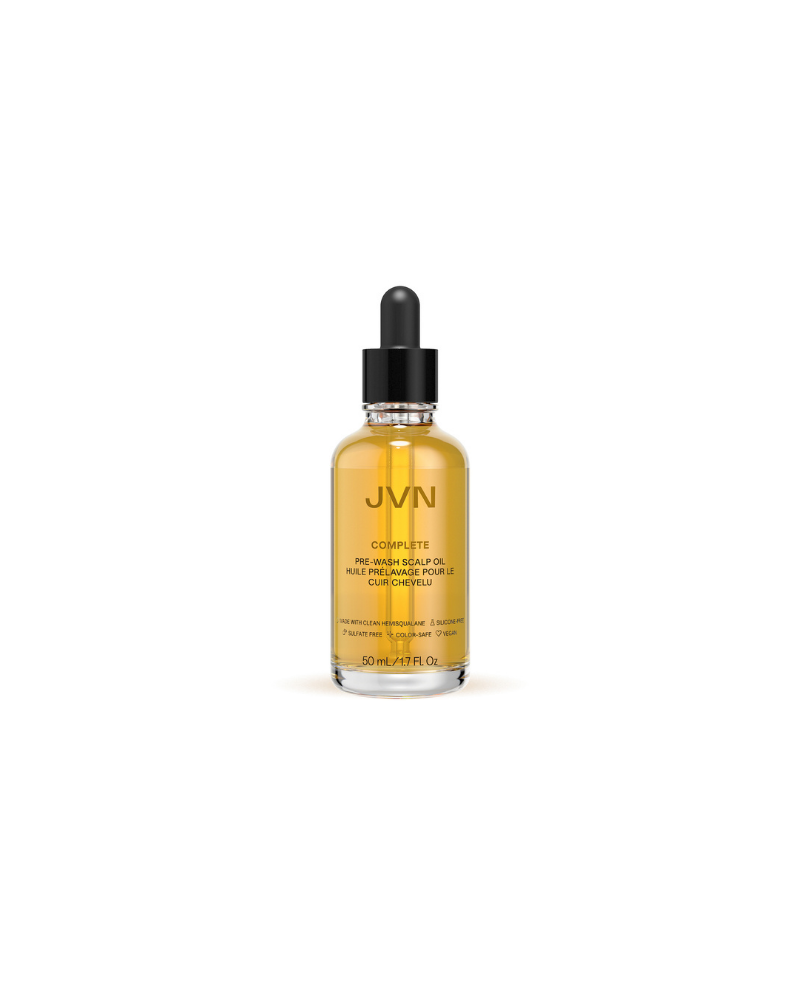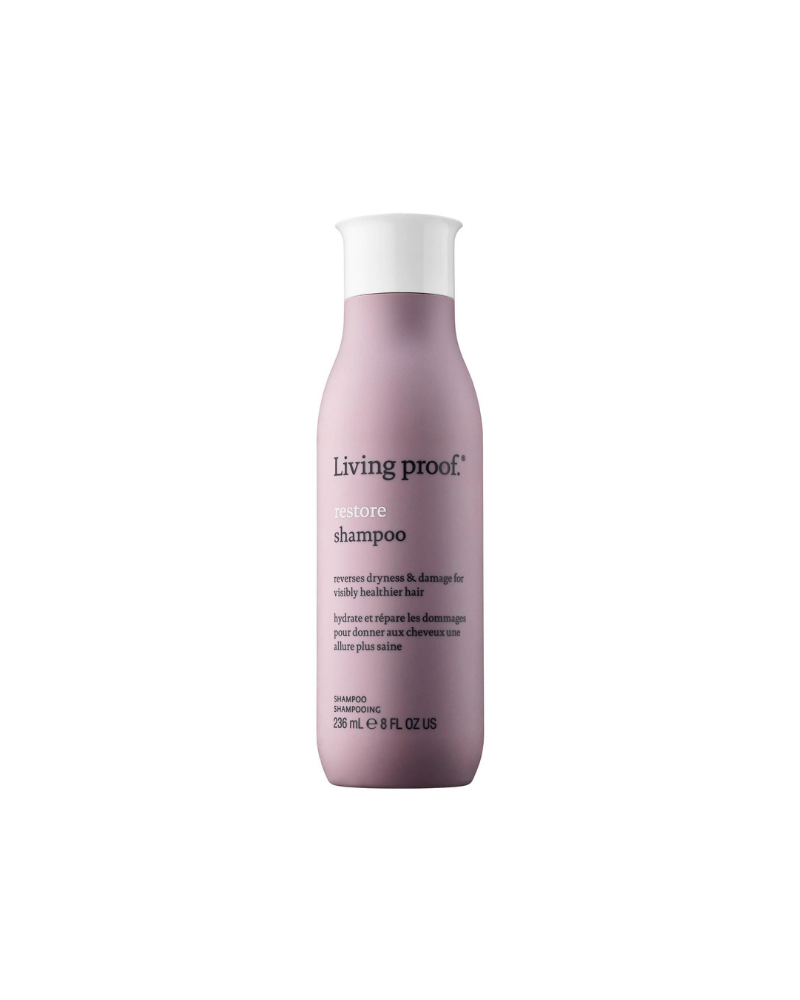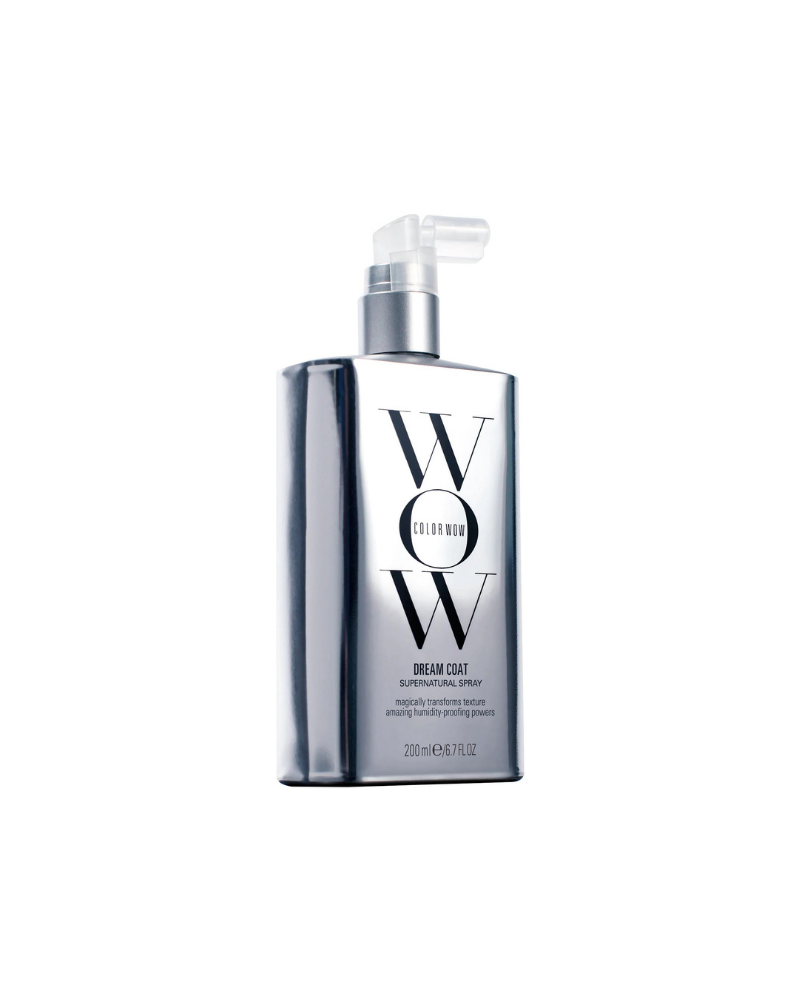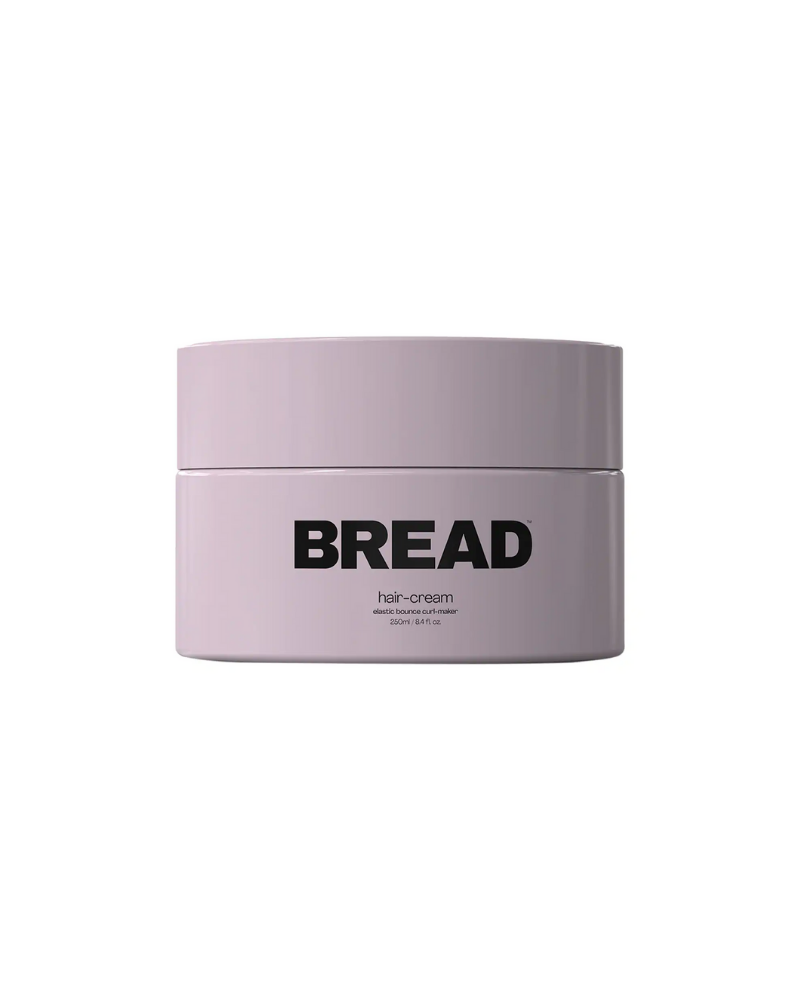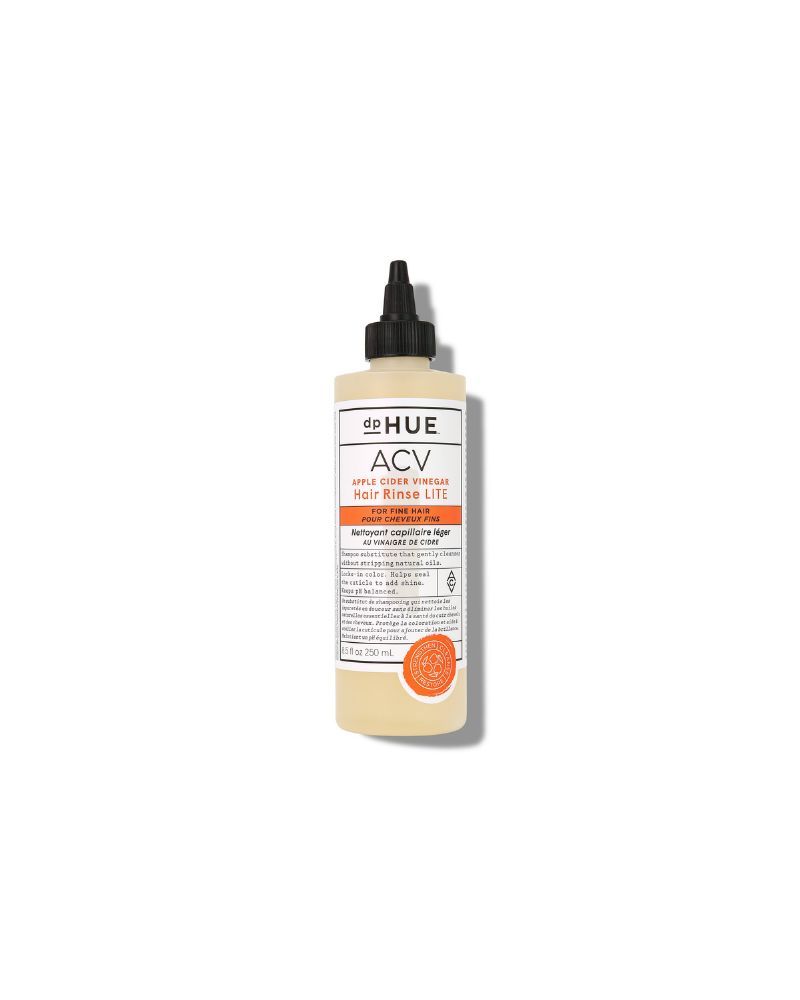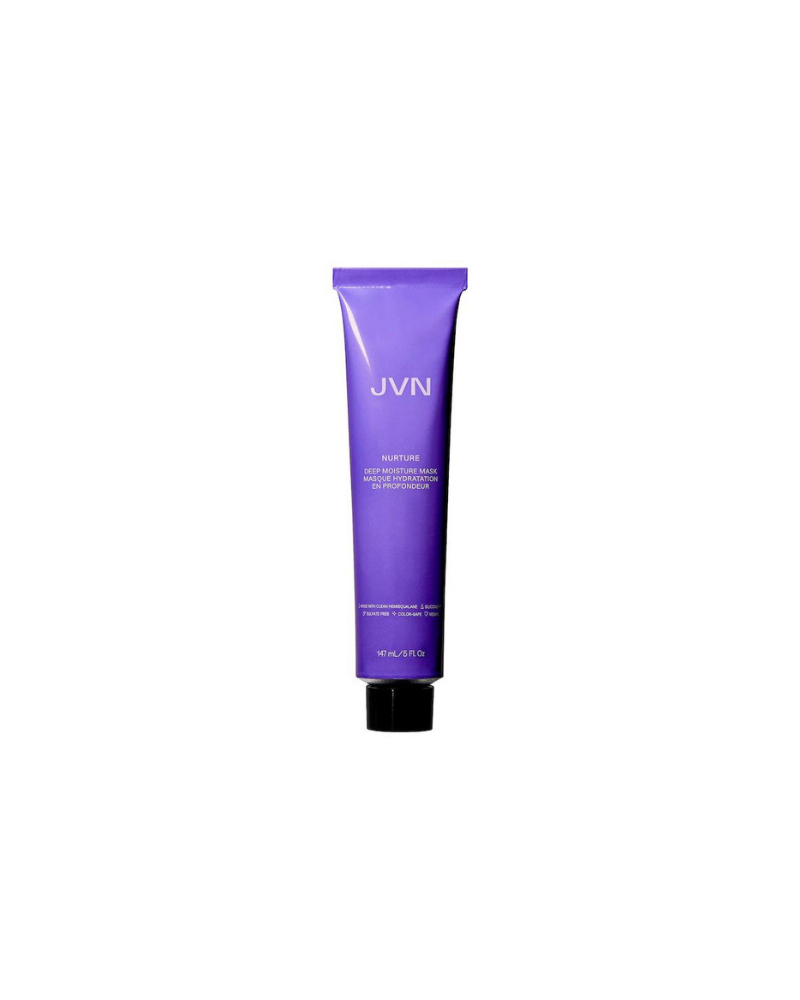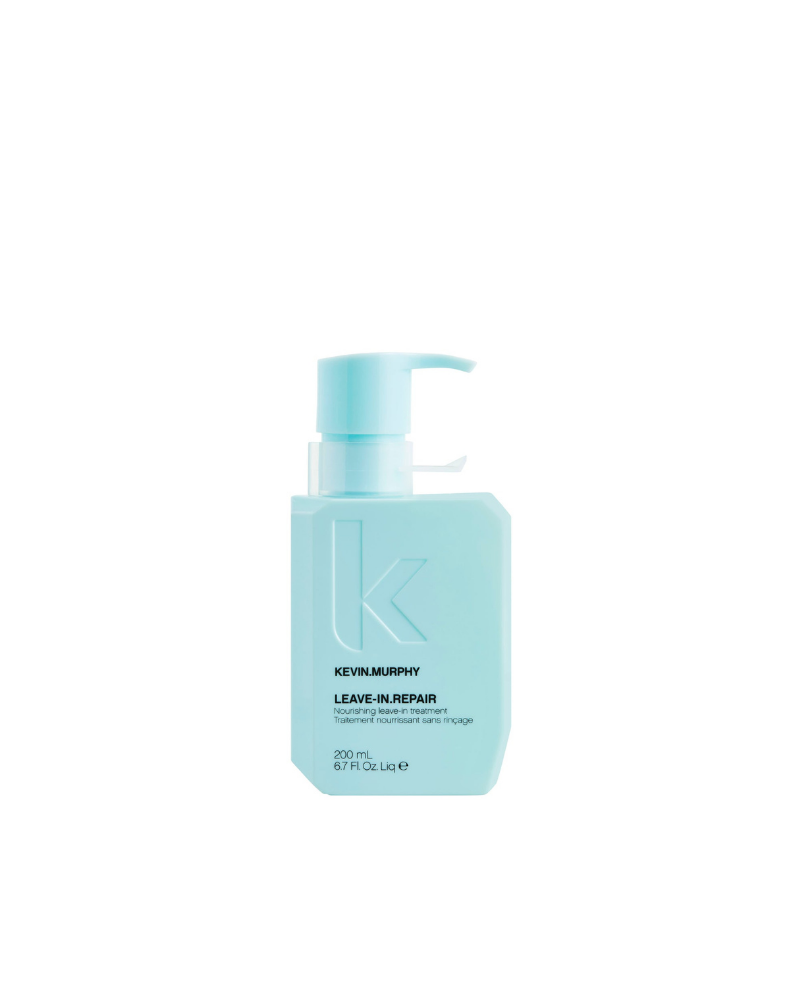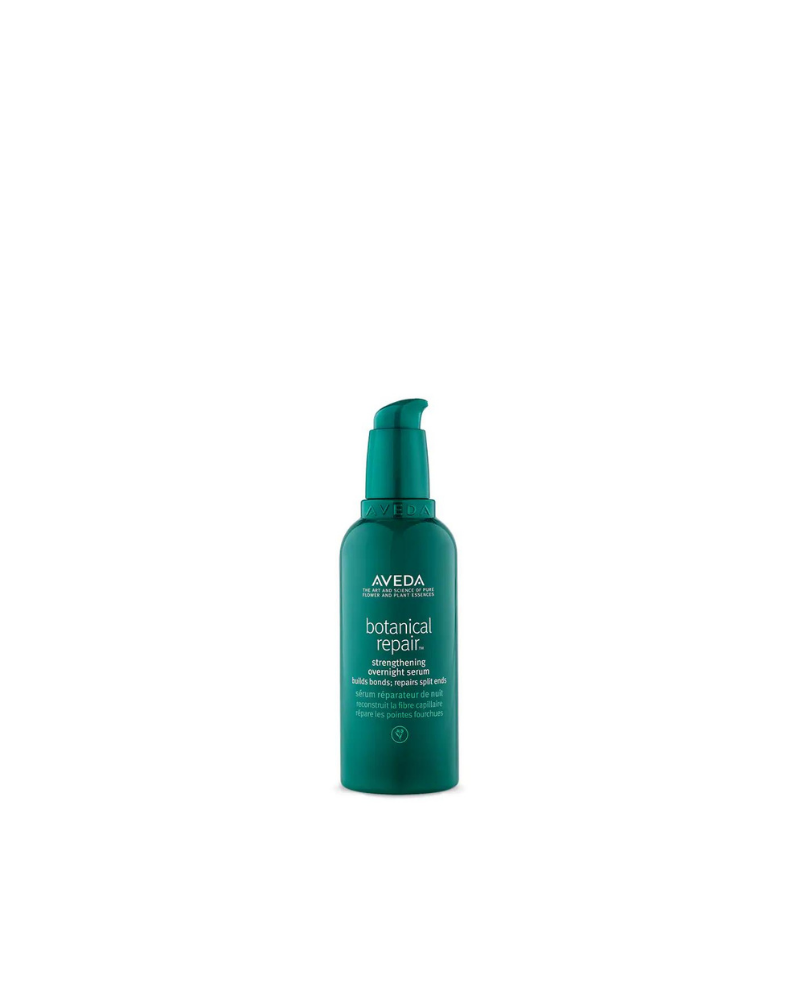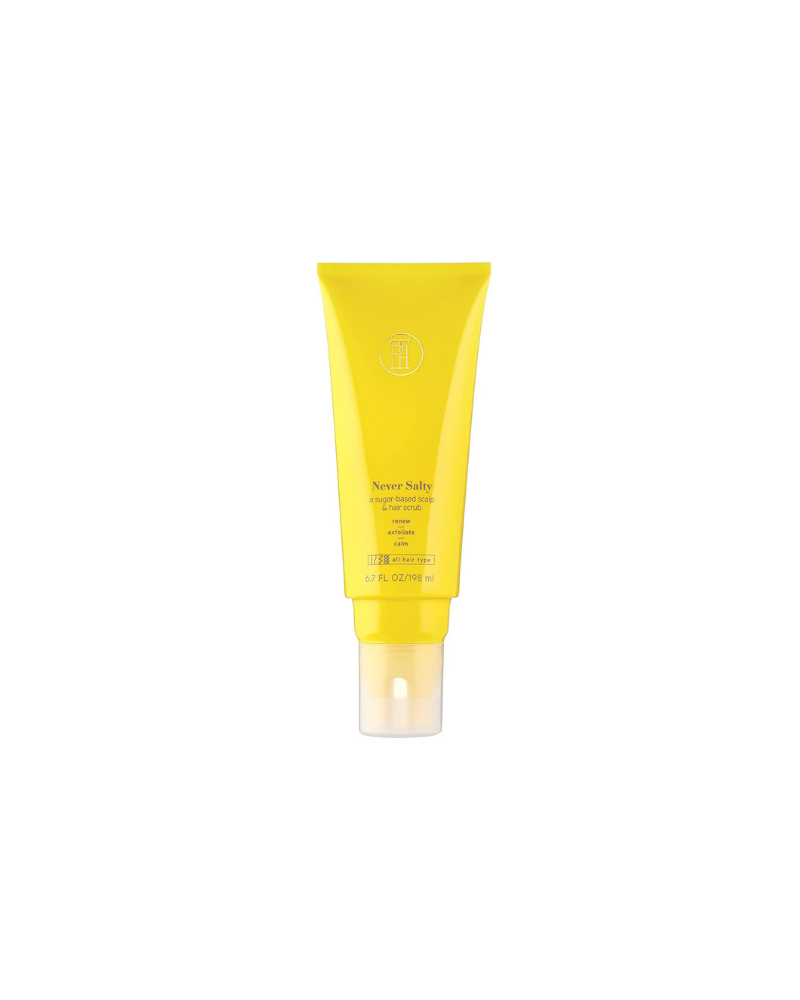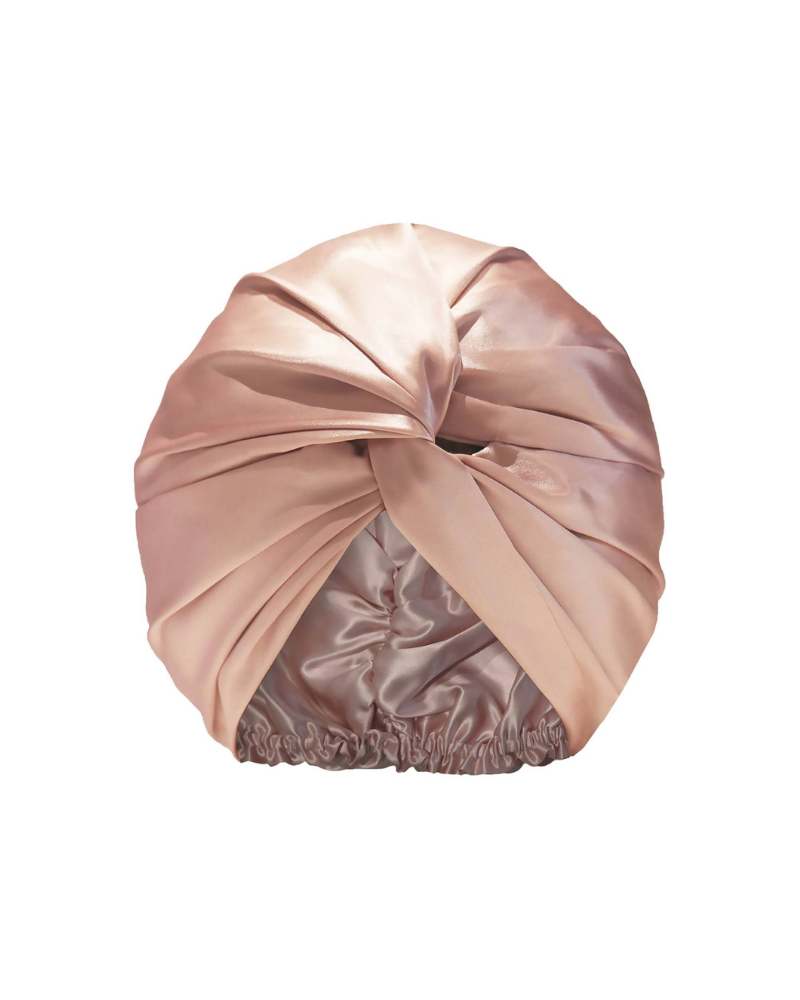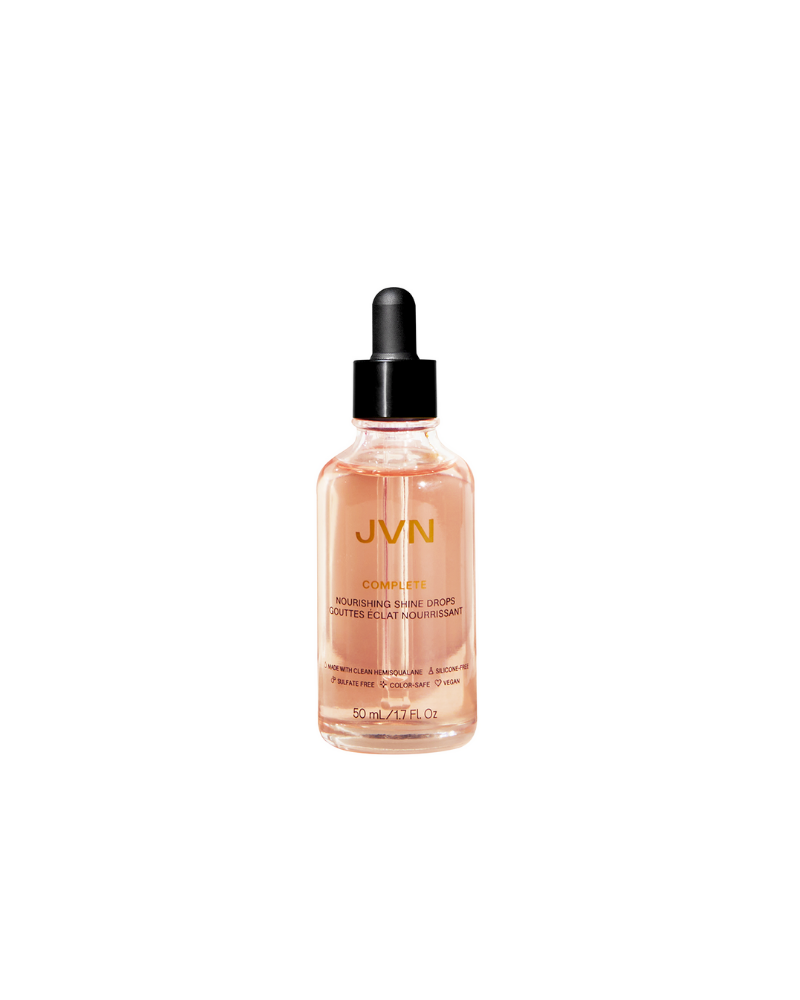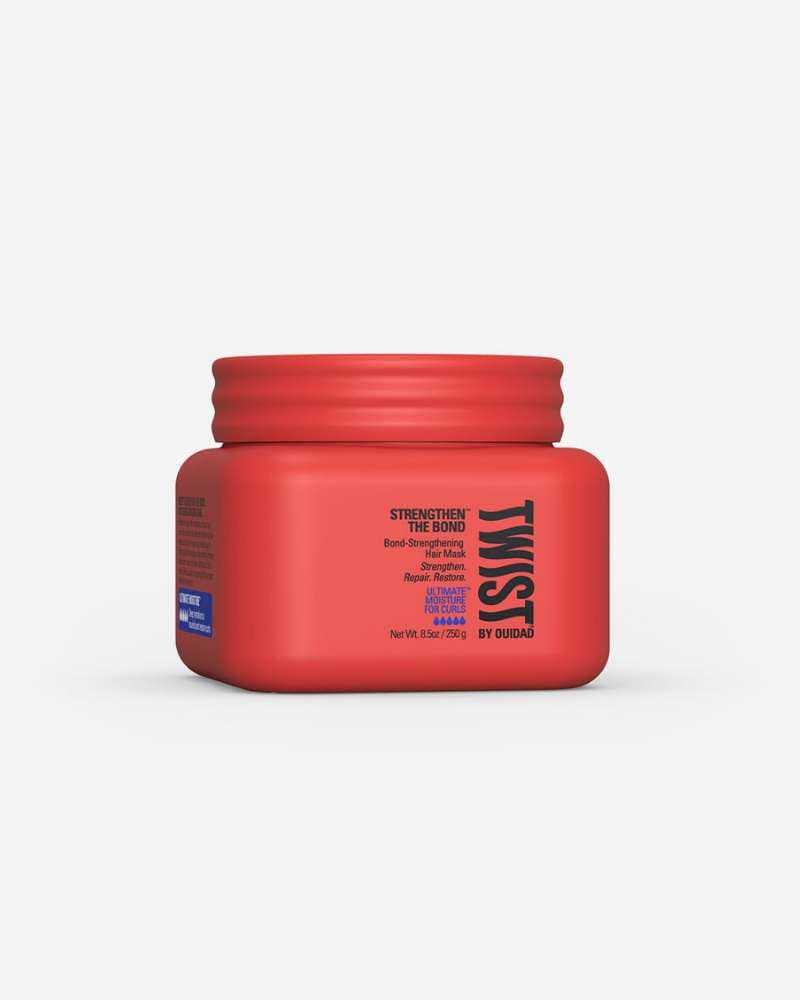How to Repair Damaged Hair at Home, According to Jonathan Van Ness
Yes, *that* Jonathan Van Ness.


Damaged hair can feel inevitable—especially if, like me, you’re prone to changing your hair color or texture via chemical treatments and hot tools. But even if you’re not a constant hair bleacher or blow-dry fanatic, your hair can still become dry, damaged, and fragile. We tapped Jonathan Van Ness—yes, that Jonathan Van Ness, Queer Eye star and hair expert—for their insight on repairing damage hair at home. In addition to their already stacked TV résumé (Queer Eye, Getting Curious With JVN), JVN boasts his very own haircare brand, JVN. Oh, and he’s going on tour now—seriously, I could spend all day listing what she’s been up to. Clearly, JVN knows what he’s doing, and together we’re spilling all the details on repairing damaged hair.
Signs of Hair Damage
If your hair is hard to detangle, loses its shine, feels thin and dry at the ends, and keeps shedding, you’re probably dealing with damaged hair.
Still not sure? There's a test for that. JVN explains: When your hair is wet, take a strand and stretch it out. Weak hair will result in a really, really stretchy pull.
He says: “If it’s not holding a style or shape, if the hair texture becomes inconsistent on the hair strands, or if it’s becoming brittle and or breaking,” that's when you know your hair needs “extra love.”
How Hair Becomes Damaged
As important as it is to know how to repair your hair, it’s just as important to know how to keep it from getting damaged in the first place. There are a few things that you might accidentally already be doing to damage your hair, according to JVN:
- Putting too much tension on the scalp via:
- Slicked back ponytails
- Tons of extensions for length that are used daily
- Over-washing
- Excessive heat use:
- Using more than one heat application a day, repeatedly
- Heat styling with no heat protection
- Washing hair with extremely hot water
- Dyeing your hair more than two shades lighter or darker than your natural hair color
- Sleeping with your hair down
- Not using a professional colorist for hair color services
How to Repair Damaged Hair
Before you arm yourself with products and regimens, assess your hair situation. It’s important to create a routine that works best for your availability, hair texture, and damage level.
Repairing damaged hair looks different for different hair types. For the most part, you’ll want to consider swapping out your current shampoo and conditioner for one that treats damaged hair, and implement a repairing mask in your hair regimen. You can also consider making an appointment with a hairstylist. A hairstylist can offer salon protein and moisturizing treatments that can help infuse hair with moisture and nutrients while stimulating new hair growth.
Get exclusive access to fashion and beauty trends, hot-off-the-press celebrity news, and more.
Repairing Colored or Bleached Hair
To treat hair that's become damaged from bleach or color treatment, invest in a quality deep conditioner, a color-safe hair rinse, and heat protectant. When using a chemical treatment, avoid using heat for the first few weeks to give your hair time to breathe.
“Also, a good haircut always makes hair color look better!” notes JVN.
Products to Repair Bleached or Color-Treated Hair
Repairing Fine Hair
When treating fine hair, target products that contain moisturizing ingredients, like jojoba oil, avocado oil, argan oil, and squalene. But remember that product build-up tends to happen quicker on fine hair, so be mindful of how much product you use (a quarter-size is more than enough in most cases) and how often you’re shampooing. Take the time to read the designated tips on the bottle of your shampoo or styling product of choice—usually they’ll let you know how much product to use. When it comes to over-shampooing, simply wash your hair when it feels dirty or greasy; this might mean skipping a wash or two between showers. To clarify the scalp without stripping it of natural oils, opt for an apple cider vinegar rinse.
Products to Repair Fine Hair
Repairing Curly Hair
Hydrate. Hydrate. Hydrate. Not all curls are made the same, but when it comes to repairing curls, there are essentials every curly-haired individual should have: a wide-tooth comb, a deep conditioner, hot oil treatment, a silk sleep bonnet, a co-wash, and gentle shampoo. Growth is key for curly hair, so scalp care should be heavily considered in your repair steps. The use of a physical or chemical exfoliant scrub at least once a week will penetrate follicles and encourage new growth.
Products to Repair Curly Hair
How Long It Takes to Repair Damage
Unfortunately, there isn’t a quick way to repair damaged hair. Time and commitment are absolutely key to keep hair from getting any more damaged. A consistent regimen will help induce natural growth and combat split ends, breakage, and brittle hair. You'll see shinier hair after most treatments, but deep repair might take anywhere from one to three months.
Hair Repair Tips
There are days when the thought of brushing your hair seems impossible, and throwing unruly strands into a sloppy bun is the best option. And that's okay. It really is. Any step you take to revive your hair is a step in the right direction. Even if you’ve only gotten as far as finding the right comb or brush to make a daunting task easier (note: JVN recommends using a wet brush to smooth conditioner through your hair).
One easy tip for all hair types? “Make sure to sleep with your hair off your body and away from body heat between you and your pillow," JVN says. "It’s 8 hours a night-ish that we spend sleeping, so securing your hair away from the 98.6 degrees flat iron that is your body is very helpful."
The bottom line is to create realistic hair goals for yourself while embracing whatever stage your hair is currently in. “It’s also totally lovely to focus on accepting your feelings and focusing on your inside—you don’t have to have great hair to be beautiful, worthy of love, or worth celebrating and honoring of your feelings,” says JVN.
Alexis Gaskin is a Freelance Beauty Writer for Marie Claire who can often be found painting her nails to match every outfit. She covers beauty, skincare, and fat fashion and will get distracted by any and all Halsey-related content or anything glittery.
